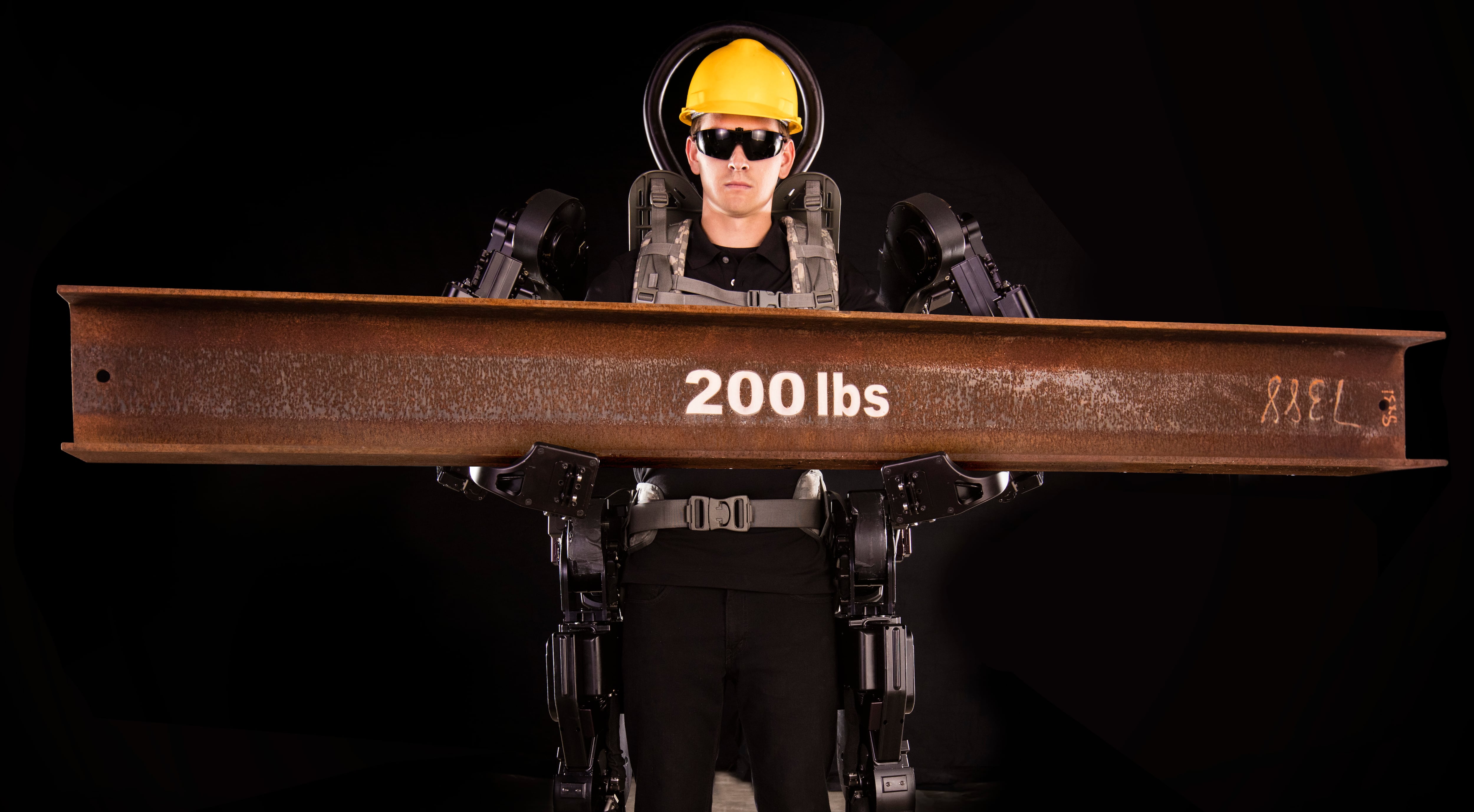A new lightweight exosuit designed to reduce injuries among troops is now one step closer to being adopted by the Army.
The unpowered, prototype suit, which could give Marvel’s Tony Stark a run for his money, earned a passing grade from more than 100 soldiers at three Army posts, a press release announced.
Called the Soldier Assistive Bionic Exosuit for Resupply, or SABER, the 3-pound suit — the product of a partnership between the Army and Vanderbilt University — is built with weight-bearing technology that relieves the burden of back strain and endurance among troops.
The device works as a harness that can be strapped around a service member’s arms and legs. When a soldier presses a button on the suit, the straps are activated to lessen the burden of lifting heavy objects, the Washington Post reported.
“We spent the first few months focused on interviewing, observing and spending time with [s]oldiers,” Dr. Karl Zelik, associate professor of mechanical engineering at Vanderbilt University, said in the release.
“We didn’t try to create Iron Man — a complex, full-body, rigid, unrealistic suit. Instead, we started by deeply understanding [s]oldier needs to develop a lightweight, low-profile, non-powered wearable tool that helps provide much-needed assistance without slowing [s]oldiers down or interfering with other operational tasks.”
RELATED

The military has long worked on iterations of a “warrior suit,” be it through the Army or another service, but the purpose of this particular exoskeleton may finally signal a development leaders have been looking for.
According to the Army’s Public Health Center, low back injuries result in more than one million lost or limited duty days for troops each year, and approximately 460 soldiers are diagnosed with back overuse injuries every day.
“Over the course of the day — lifting 60-pound rounds — you get worn out, especially after hours. It takes a toll on your body,” Dale Paulson, a private first class with the 101st Airborne Division, said in the release. “Wearing the suit really helped a lot, especially with getting the rounds out of the back of the truck. It felt like it gave me an extra boost. I didn’t have to work as hard. I feel like it helped me move quicker.”
Research and development for the suit began with the Army’s Pathfinder program, an initiative to advance the service’s modernization goals through partnerships with universities. Vanderbilt received a $1.2 million investment for the project, according to a university news release.
Given the promising developments, the Army has started providing funding for HeroWear, a Nashville-based industrial exosuit manufacturer, to design and fabricate dozens of suits later this year. If all goes according to plan, hundreds could be manufactured by 2023.
Jonathan is a staff writer and editor of the Early Bird Brief newsletter for Military Times. Follow him on Twitter @lehrfeld_media





